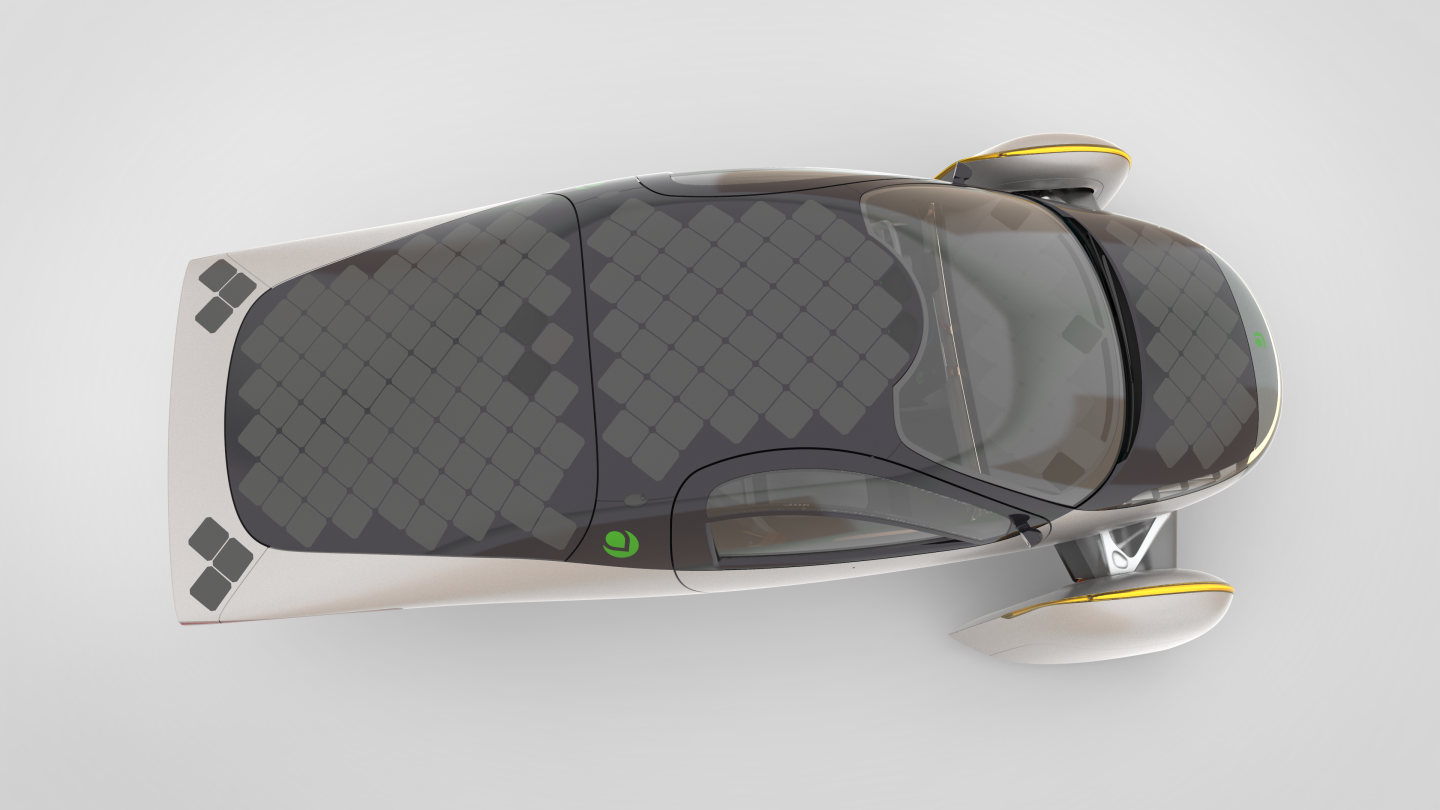You guys know of the Lightyear? It is similar in concept that you buy daily range, and in a very sunny place going slow you can probably drive on end.
However, it is much more expensive. It will be more than 100,000 Euro, at least the first versions and then getting cheaper.
Of course, you can't take such a car on a serious offroad track. But I think you underestimate the potential for overlanding. Take a look for example at the participants of the Rive Maroc Rallye from Tanger via Rabat and Marrakech to Ouarzazate.
Rallye International des Véhicules Électriques Maroc RIVE MAROC. Date de Départ le 24-10-2022 pour 6 jours. Tanger - Ouarzazate.

rivemaroc.com
Not really offroad but very typical rough overlanding roads.
There were and are many vehicles participating with similar concepts as the Aptera (small, ultralight, great aerodynamics, highly efficient). And in the past, nearly all of them successfully reached the finish. With the currently available charging infrastructure, I would for example rather choose an Aptera than a Rivian for a Trans-Africa EV trip.
Yes I partly agree. In fact I was also researching an EV roadtrip to Morocco and further in our EV (which is just a regular car, my 4x4 is a diesel van)
What is clear about taking a big car like Rivian, or a bit less, Audi Etron Tesla Model X, they need much more power that it becomes problematic to charge over a regular socket.
So the next morning it is not full at all. Where a regular car is already much better at a standard socket, and these smaller (like Aptera) vehicles being so efficient are full every morning, just plugged into somebodies house.
I will read more into the Rive Maroc, and I already love the weird vehicles. But the route is not that special. It is mostly sealed roads.
In fact, with our EV (it has a range of 400km), I can just get in now, drive to the boat (2500km) to Morocco, and drive, probably in one day to Marrakech with fast chargers.
Then, sleep in a hotel, drive next day to Ouarzazate. Sure, it will take a bit more time than the time we took our Toyota Celica to Morocco

but it is very much doable.
Anything further is the real challenge, because you will depend on sockets in somebodies house or company. And you have to know what plugs they use and how many amps.
And carefully measure distances and adjust speed to it. If only go 50kmh / 30mph all the time I can probably do 600km.
So yes, in a way, with electric vehicles it is much more suitable to go overlanding in a regular car than a 4x4.
Next to that, you can usually get everywhere with a normal car. Although 4x4 is sometimes useful, a lot of times it is about allowing you to take a fun route.
Interesting. I calculated the solar panels and on site battery storage capacity required to daily recharge my Outlander PHEV (around 30 miles +/- pure EV range) and it would be a huge investment without payback possibility for many decades compared to the relatively cheap power that I can just plug into from the local utility. Figure 10 kwh of panels $16K +\- and at least that for batteries. I pay the utility about $1 for a full charge. So if you scrounge and buy used and DIY ETC if you are lucky you could maybe build the solar/battery system for $10k. I drive about 200 days a year. Hello 50 years payback.
So you live in a place where 1 kwh costs roughly 10 cents and solar panels are much more expensive?
Here it is 20 eurocents for a kwh, and I think I will have the solar part for 5000 W (probably getting my close to 4500-5000 kWh annually) will cost me 2500 euro, maybe 3000 euro. Because I do it myself.
The cheapest solar panels out there are less than 100 euro per 300 Watts (giving you at least 250kWh annually, depending where you live). Of course you need mounting and an inverter.
And I already have my battery system ready. Which is not cost effective at all, I'm just learning how to build battery systems with used EV cells.
Also, 10,000 kWh annually lets you drive an Outlander (which is not as efficient as a Leaf or Tesla, because it is a bigger SUV) up to 33.333km or lets say 20.000 miles for electrically.
However, dividing that by 200 days exceeds the electrical range of the Outlander PHEV big time. So are you including house power usage? which isn't really fair for the calculation.
Or are you making a big installation that you also get anough power in winter?
And can you deliver back to the grid?

 newatlas.com
newatlas.com













